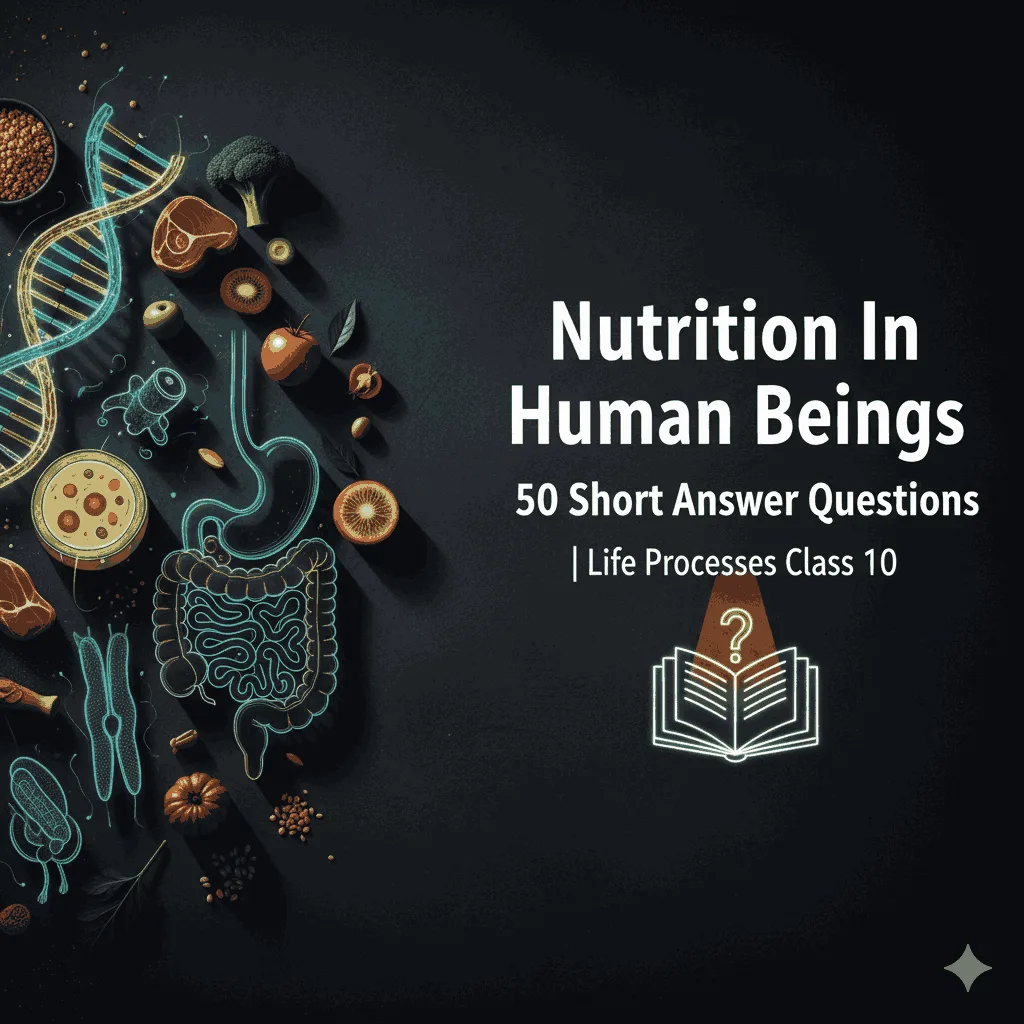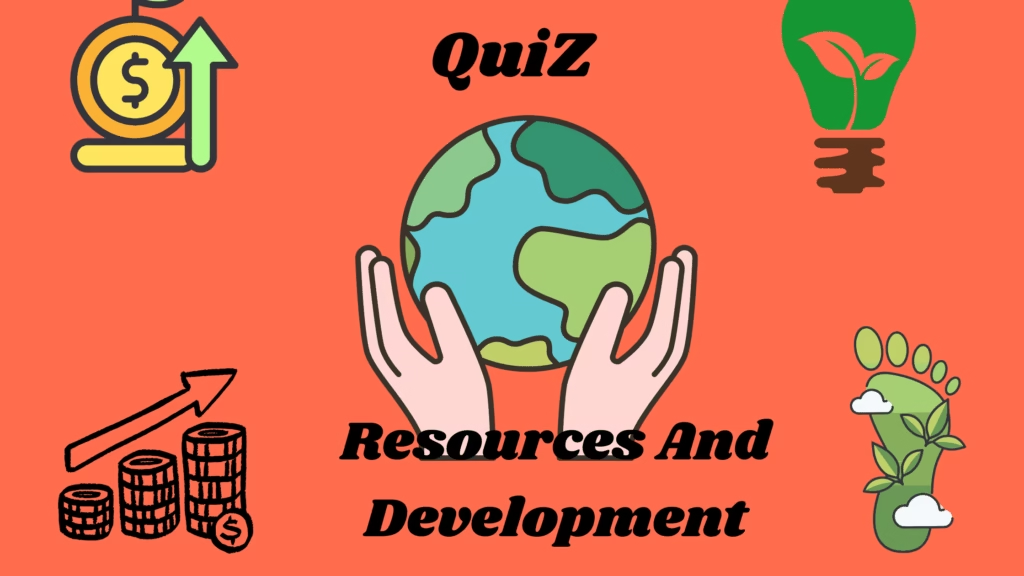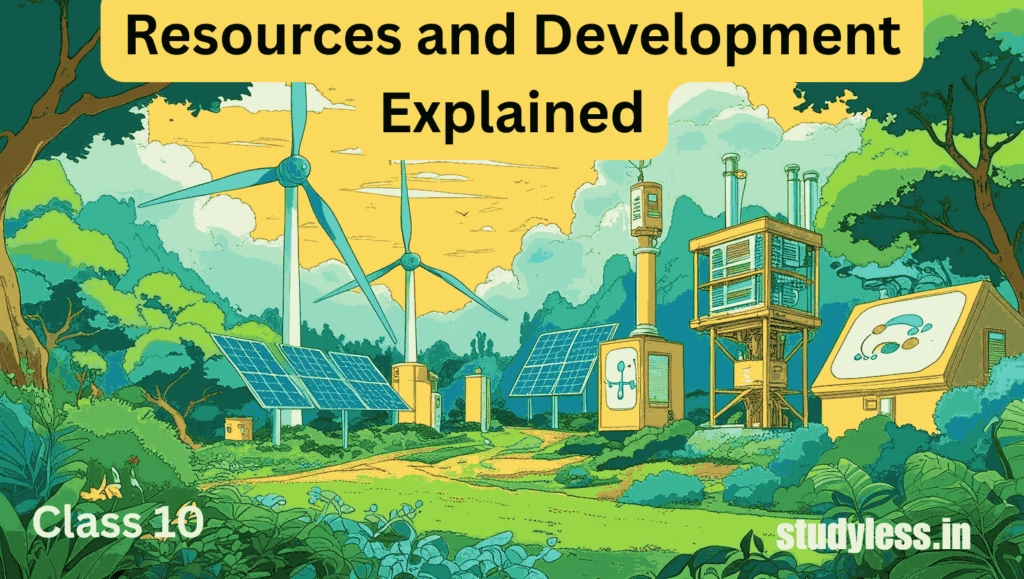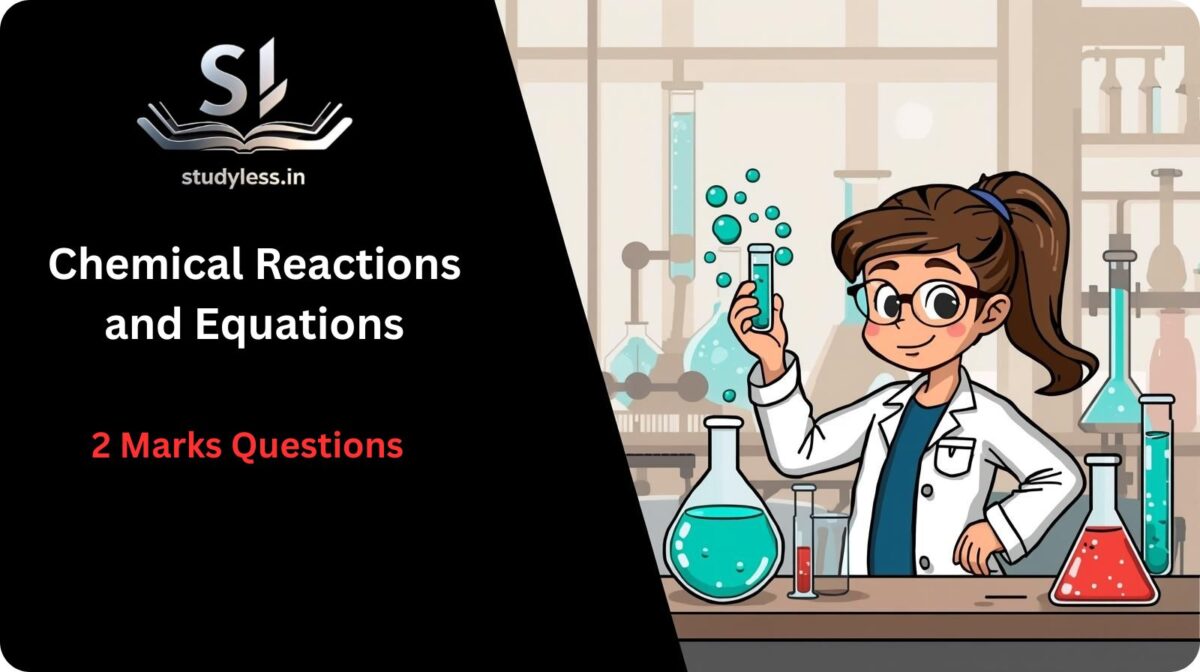Your science chapter 1 “Chemical reactions and equations” is a tedious one to prepare. For it has many chemical reactions that are difficult to inched into memory.
“MCQ Chemical Reactions And Equations Class 10” is our effort to help you out. The MCQs are designed in quiz format to make it interactive and enjoyable. We have arranged the quizzes topic wise for a through preparation.
Every effort has been put to ensure that every possible question is included.
For the best results, prepare first the Short Notes on Chemical Reactions and Equations Class 10.
Introduction
Chemical Equations
Writing a Chemical Equation
Balanced Chemical Equations
TYPES OF CHEMICAL REACTIONS
Combination Reaction
Decomposition Reaction
Displacement Reaction
Double Displacement Reaction
Oxidation and Reduction
Corrosion
Rancidity
FAQs : MCQ Chemical Reactions And Equations Class 10
1. In a reaction like CuO + H₂ → Cu + H₂O, I know Copper Oxide is reduced. But is Hydrogen (H₂) the reducing agent or is it being oxidized? I get confused.
Answer: This is a very common point of confusion! The key is to remember the definitions:
- Oxidation is the loss of electrons (or gain of oxygen).
- Reduction is the gain of electrons (or loss of oxygen).
- The Reducing Agent causes reduction by getting oxidized itself.
- The Oxidizing Agent causes oxidation by getting reduced itself.
In your example:
- CuO loses oxygen to become Cu. This is Reduction. So, CuO is the Oxidizing Agent.
- H₂ gains oxygen to become H₂O. This is Oxidation. So, H₂ is the Reducing Agent.
Simple Trick: The agent is named after the job it does for the other substance. H₂ helps CuO get reduced, so H₂ is the Reducing Agent (and it itself gets oxidized in the process).
2. If a chemical equation is balanced, does that mean the number of moles on the left and right are always equal? For example, in N₂ + 3H₂ → 2NH₃, there are 4 moles on the left and 2 on the right. Isn’t that unbalanced?
Answer: This is a fantastic question that touches on a subtle but important distinction. The equation is balanced because balancing is about the number of atoms of each element, not the total number of moles.
- Balancing Atoms: In
N₂ + 3H₂ → 2NH₃, we have 2 Nitrogen atoms and 6 Hydrogen atoms on both sides. It is perfectly balanced in terms of mass and atoms (Law of Conservation of Mass). - Counting Moles: The total number of molecules or moles of substance does not have to be the same. Here, 4 total moles of reactants (1 of N₂ + 3 of H₂) produce 2 total moles of product. This is common in reactions where small molecules combine to form a larger one.
Key Takeaway: Always balance an equation by counting atoms, not the total number of moles.
3. I understand that a change of state (like melting ice) is a physical change. But what about processes like dissolving Salt (NaCl) in water or burning Magnesium? One seems physical, the other chemical. How can I be sure?
Answer: The best way to distinguish is to ask: “Can I get the original substance back easily without a chemical reaction?”
- Dissolving Salt in Water: This is a Physical Change. You can recover the salt completely unchanged by simply evaporating the water. No new substance is formed.
- Burning Magnesium: This is a Chemical Change. You start with a shiny, silvery ribbon of Magnesium (Mg) and end up with a white powder, Magnesium Oxide (MgO). You cannot get back the original magnesium ribbon by simply cooling it down. A new substance with entirely different properties has been formed.
Test for Chemical Change: Look for evidence like change in temperature, evolution of a gas, formation of a precipitate, or a permanent change in color. Burning always indicates a chemical change.
4. In MCQs, how can I tell if a reaction is a decomposition reaction versus a simple physical breakdown? For example, is breaking a stone decomposition?
Answer: No, breaking a stone is a physical change. The critical difference is the formation of new chemical substances.
- Decomposition Reaction: A single compound breaks down into two or more simpler new substances, usually requiring energy (heat, light, electricity).
- Example:
2HgO (s) → Heat → 2Hg (l) + O₂ (g) - Here, Mercuric Oxide (a red solid) decomposes into Mercury (a liquid metal) and Oxygen gas. These are new substances.
- Example:
- Physical Breakdown: A substance breaks into smaller pieces, but each piece is still the same original material.
- Example: Breaking a stone, crushing a chalk piece, cutting wood.
- The chemical identity remains the same.
Rule of Thumb: If the products are chemically different from the reactant, it’s decomposition.
5. For the reaction Zn + H₂SO₄ → ZnSO₄ + H₂, we call it a displacement reaction. But Hydrogen is a non-metal and the reaction produces a gas. Could it also be called a gas evolution reaction? How do I decide which term to use?
Answer: This is an excellent observation, and you are right on both counts! This is where understanding the hierarchy of reaction types is helpful.
- Displacement Reaction: This describes the mechanism. A more reactive element (Zinc) displaces a less reactive element (Hydrogen) from its compound. This is the primary classification.
- Gas Evolution Reaction: This describes an observable characteristic. One of the products is a gas (H₂).
Many reactions can be described by more than one term. Another common example is:CaCO₃ + 2HCl → CaCl₂ + H₂O + CO₂
It is a Double Displacement reaction and a Decomposition of carbonic acid (H₂CO₃) and a Gas Evolution reaction.
Exam Strategy: In an MCQ, look for the most precise term that describes the core process. “Displacement” is more specific to the chemical process happening here than “Gas Evolution,” which is a broader category. However, if the question is specifically about a reaction where a gas is produced, “Gas Evolution” would also be a correct description.




